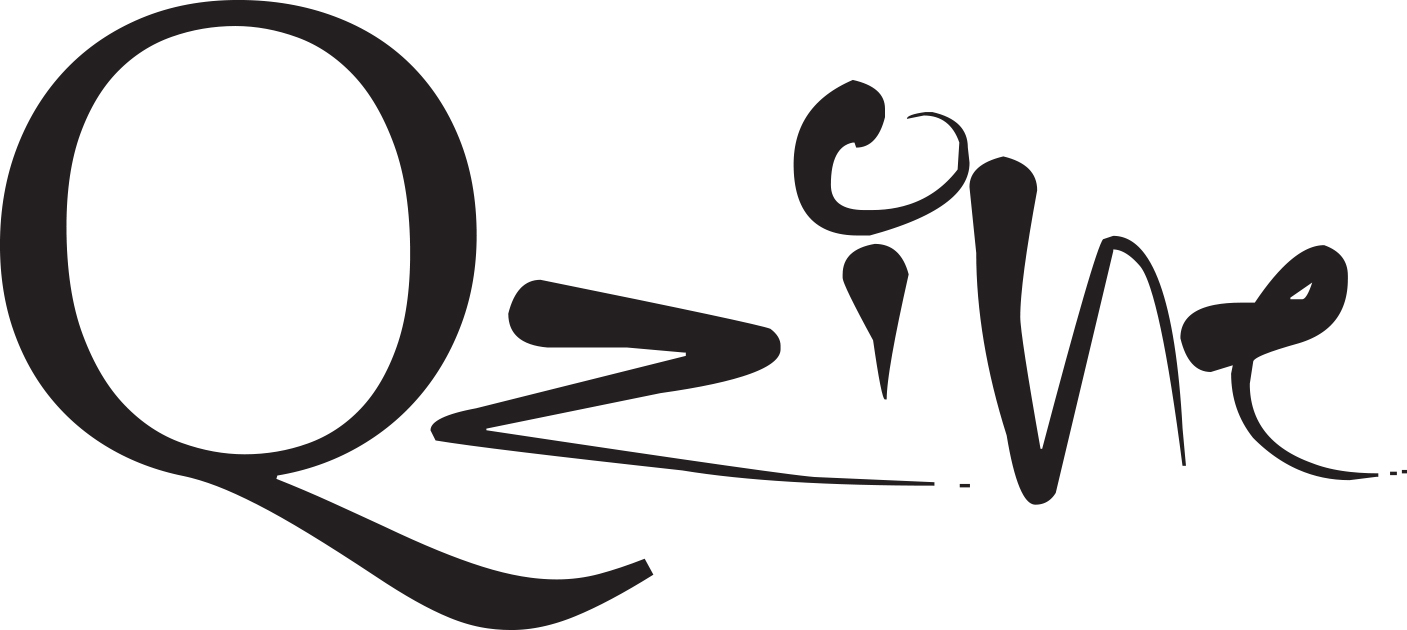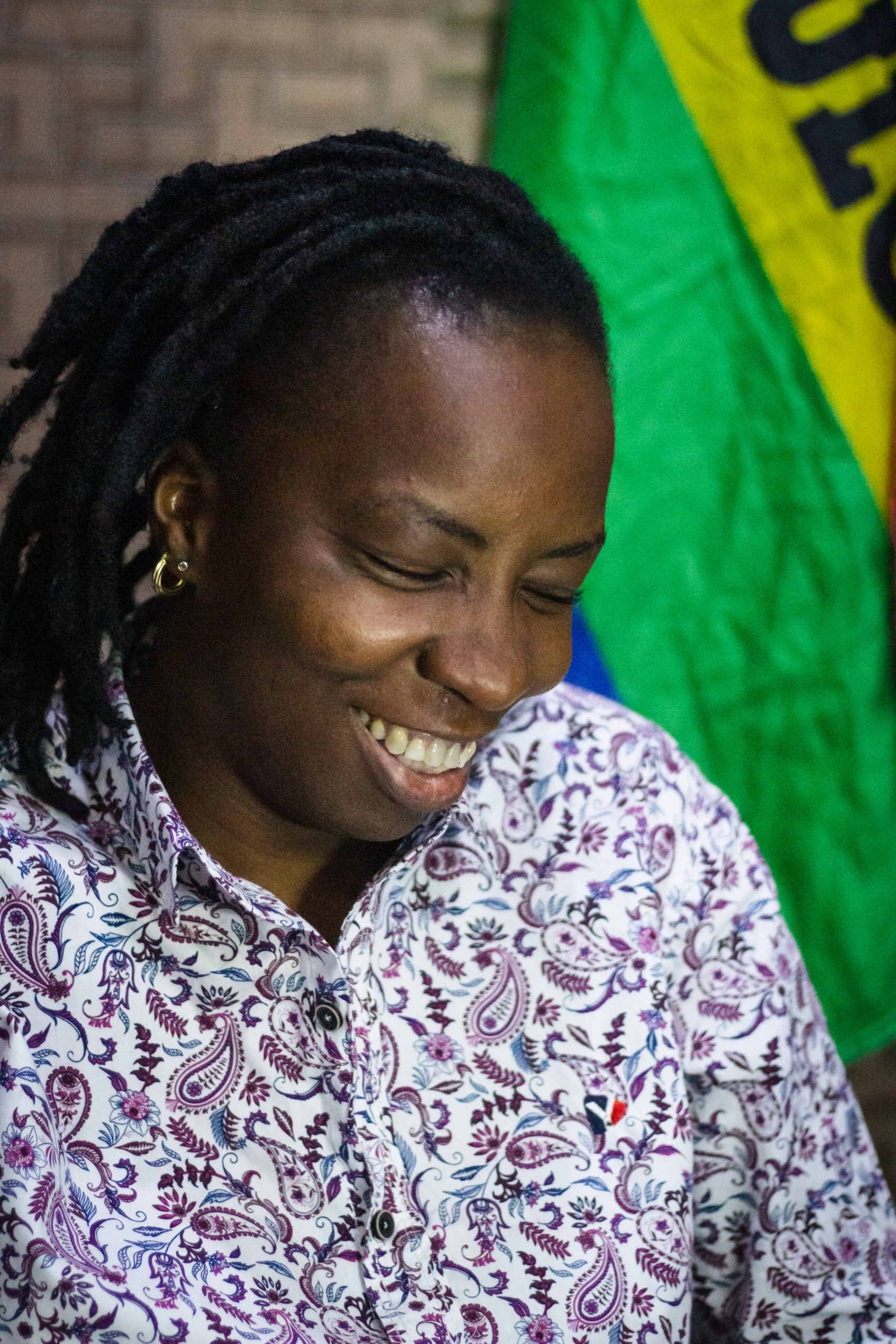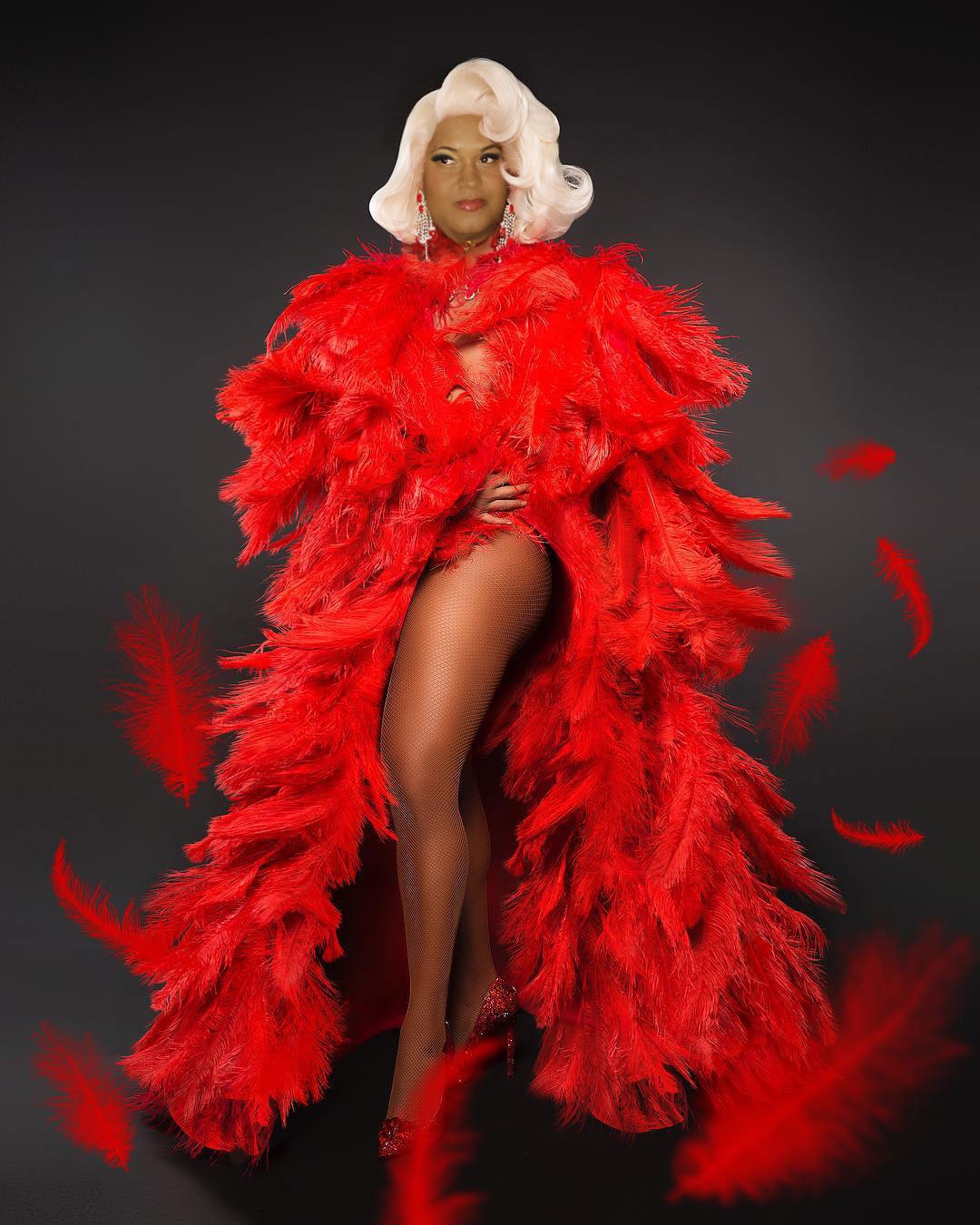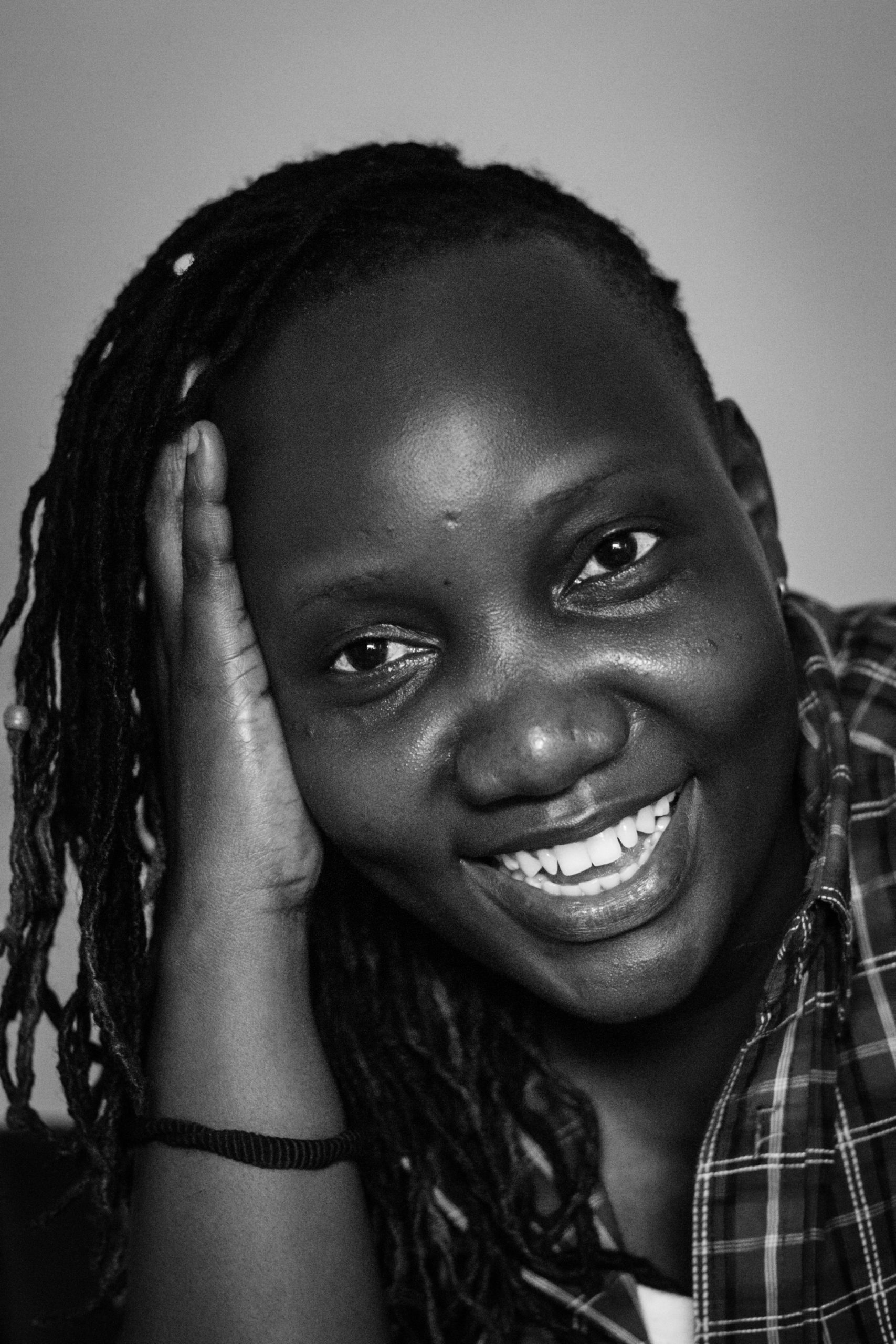Family: People Who Choose To Understand You
A conversation with Arafa Hamadi
Interview by Claire Ba
Blood isn’t always thicker than water and for many of us, the family experience is complex and dynamic. Q-zine had a candid conversation with Tanzanian multidisciplinary artist Arafa Hamadi in which we delved into the intricacies of family. For Arafa, family is a choice rather than a state of being and extends well beyond blood relations. In this conversation, the artist also opened up about how their practice aims to use their personhood, talents, resources and privilege to build a safe community with and for queer people in Dar es Salam.
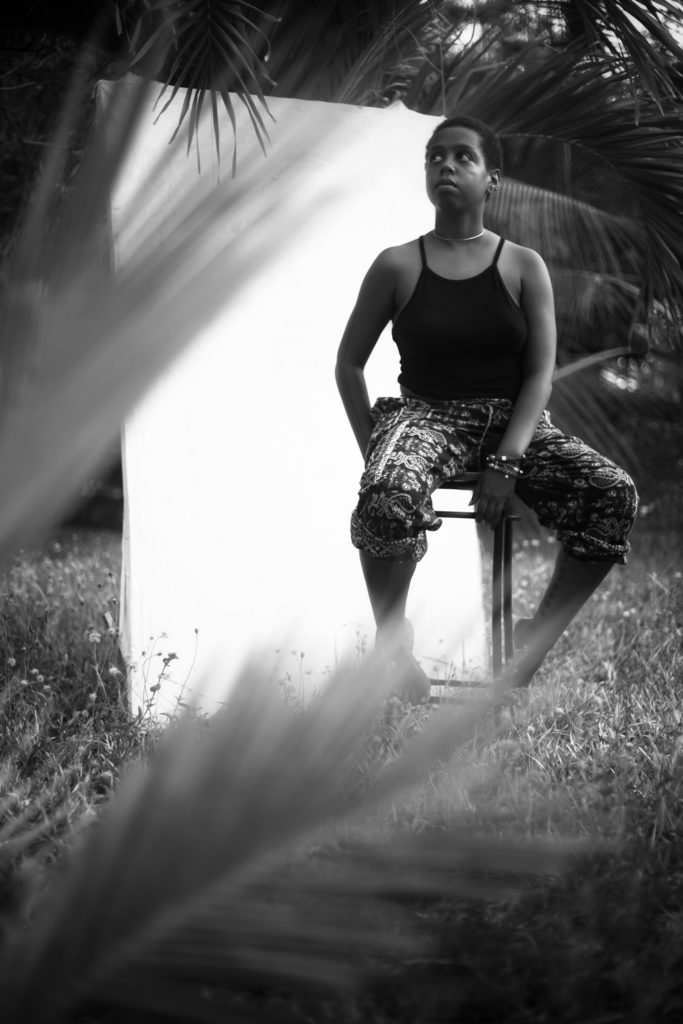
What should our readers know about Arafa Hamadi?
My name is Arafa, I am non-binary (they/them pronouns) and I’m a multidisciplinary artist. My work is not confined to a specific medium and typically touches on themes of queerness and how we occupy our bodies, how we occupy space. It’s an attempt at showing the experience of being othered in a society that mostly wants to be violent towards us. Most recently, I have been exploring how we can choose joy and how we can intentionally create spaces of joy through architecture, vibes, set designs, and various other ways. My background is in architecture so I also do structures and installations, but the love of my life is stage design. I love festival designs and right now, I’m delving more into 3D and digital art designs.
How did you make the move from architecture to the art world? Even though it may not seem like a move per se since you’re still creating and building…
I studied architecture because my mom wanted me to study it. As an “African child”, I had to get a serious degree and art didn’t fall under that umbrella. The agreement was that if I studied a workable subject, I could do whatever I wanted afterwards. So, I went to university in the UK, at the University of Edinburgh. My experience there was great, but architecture is an extremely competitive field, and to be honest, I was just not built for criticism, or success in that sector for that matter. I also didn’t like the way it was so structured. I wanted to build, but I wanted to build for recreation. So, in my third and fourth year, I started exploring small festival spaces in Scotland. It was a great adventure for me to go into these spaces where artists transformed landscapes into dreams; these spaces where you would go in one day, and come out three days later having had no thoughts about the outside world. And that’s what I really wanted to do for the rest of my life.
I graduated, came back to Dar es Salaam, and I tried to give the interview process a go to get a job in architecture. I went to about three interviews, but I didn’t like the way everyone was trying to check how smart I was…, which I guess is what is supposed to happen in an interview (laughs). It just wasn’t for me. Once my mom realized how negative I was being, she made me go volunteer at an art space like I had always wanted. From there, I met someone who was building a festival, the Ongala Music Festival in Dar es Salam, and they gave me the great opportunity to design the main stage. Since then, I’ve just been chasing after festivals and recreational spaces. I also started doing residencies where I started creating my own conceptual ideas, designs, and installations. Today, I’m at a place where I can design whatever I want, and I love it.
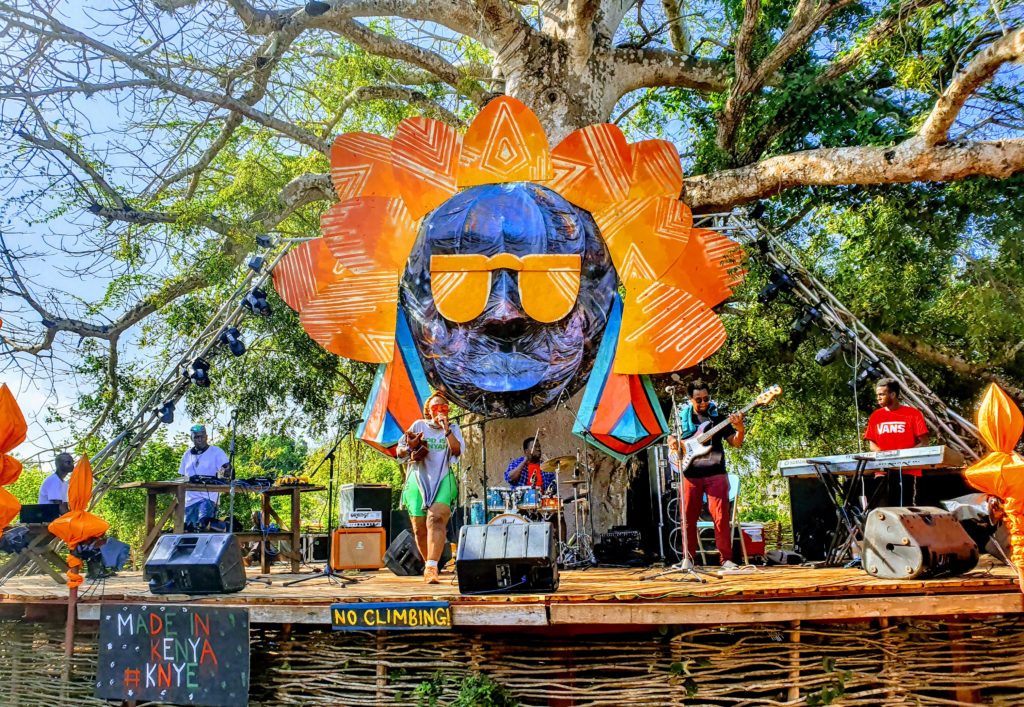
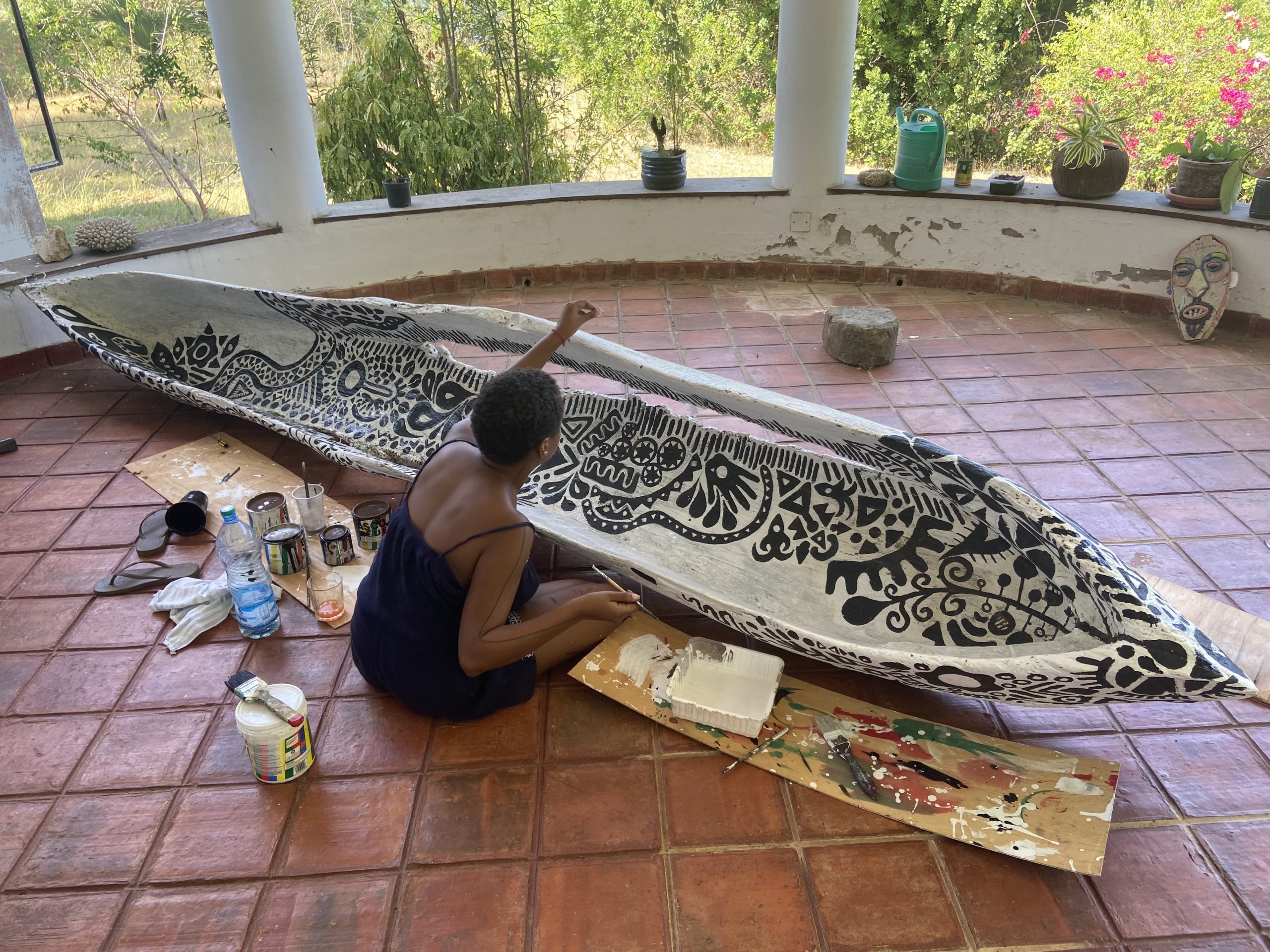
What would you say you learned about yourself through your art?
Through the process of practicing and owning my art, I’ve learned that I am not a 9 to 5 person and that my working hours could come at any point in the 24-hour day (laughs). I like not being constricted by time and I love working at festivals because they give you about a month to get your work done. And while technically the spaces are only opened during certain times, I can decide when I want to create.
I’ve also learned that painting is a form of meditation for me. I am a painter and while I don’t consider painting as one of my strongest mediums, I do enjoy the meditative aspect of painting the same thing over and over again. When you look at some of my larger pieces, they usually look like repetitive patterns, and I like doing large paintings for that very reason.
Specifically with my work around queerness and safety – however we want to define this – and even with the word “safety” in itself, I’ve learned that I feel uncomfortable approaching something so important from just one angle. With my artwork, you’ll see that in the 5-year timeline that I’ve been dedicated to it, I have literally been approaching the same subject from several different angles just so I can give it the respect it deserves. I am aware that my perspective as a privileged city person is completely different from most people’s experience in Tanzania. So, while I think my art can, and hopefully does say something about the queer community, I don’t think I’m the best representative out there and I do my best to give the art and the subjects the respect they deserve.
You make an interesting point about safety, and you address this concept of safe spaces in some of your artwork. What can you tell us about what inspired this interest in safe space creation and where you want to take this in the future?
I think I came across the concept of safe space when it became a buzzword on the internet, and that was the first time I was hearing about it. At the time, I was in the UK finishing my degree. I was part of the campus LGBTQ Society and there, I learned about safety, about how to make people feel comfortable and how to enable young LGBTQ folks to thrive while also teaching them what they needed to learn about being adults in university. I also learned about how to be a support person, about being someone they could come to when in need. We were taught techniques on how to talk to people, how to answer questions, as well as how to provide facts about sex for instance. In a way, that period of my life was about learning to make myself a safe space for others, and that was truly a fascinating concept for me.
When I came back, I couldn’t find any safe spaces in Dar es Salaam, but it was perhaps because I didn’t look hard enough. When I joined Twitter in 2018, I found this safety; I found queer people who were not able to be out in public but who were engaging with each other and living this life online that I was not able to perceive in the “real” world. This experience exposed me to another concept of safety, and it got me thinking about how safe spaces were not just physical. They could also transcend into the digital, into personhood. It got me thinking about how safety could transcend into any space where you could be your authentic self, without the threat of violence.
In a way, that period of my life was about learning to make myself a safe space for others, and that was truly a fascinating concept for me.
I’ve also experienced safe space through festivals in Kenya. Kenya has the same colonial laws [against homosexuality – editor’s note] that we have. Yet over there, it seems like queer people, from lawyers and advocates to young DJs and space makers, have been able to come together and create these femme and non-binary spaces. And I remember asking myself why that wasn’t happening in Tanzania.
So in a way, my conception of safe spaces has essentially been informed by these small pockets of safety that I’ve experienced and now I’m thinking about ways to contribute to the creation of a safe space that would be molded by the community that I am part of here, without forcing western views onto it, without it necessarily taking the form of festivals, or anything that already exists out there.
The idea of personhood as a safe space is an interesting one. Where are you in this journey of contributing to build a safe space for the queer community in Dar es Salaam?
I strongly believe that people with privilege need to extend their privilege, and this is something I’ve been reflecting on a lot lately. As far as safe space creation is concerned, I try to contribute with what I have, with what I can give through my own skills and the things I love, as well as through my privilege and the spaces I occupy. One way I go about this is to recreate spaces that I could have made for someone else for a lot of money, and instead, do it for myself and for my people in my own space, in my home. I am privileged enough to live in a neighborhood where my neighbours are aware of my queerness and let me exist. My place also has security and can host a large number of people, so I take advantage of this to create safe spaces for my community. And this is not to say that this is the best way to go about it, but it is one of the ways I’ve tried approaching safety and the creation of safe space through my being.
People often think of events as for-profit opportunities, but I want to approach this with a different ethos. My main objective through creating these spaces is not solely about whether I’m having fun, but rather, about whether people are comfortable, and whether people would want to return.
For the future, I’m looking into ways to get funding for such events, and into different ways to make the events public without having to compromise on safety. Overall, I’d say that this has been less of an artistic endeavor and more of an event project through which I have been exploring the idea of safety as both a physical and a non-physical concept.
As you know, the theme for this Q-zine issue is family. Who do you consider family and what has your experience of family been?
When I was in university, my friends were the people I essentially considered family, and this was because I had just come out to my mother, and she did not receive the news as well as she could have. I was raised by my mom, grandmother, and my aunts so, for a very good part of my life, I was surrounded by women – professional, hardworking, sometimes hypocritical, but mostly very strong, outspoken women that I love so much. And then I ventured out of the family unit and discovered new thoughts, “gayness”, arts, not working a 9-to-5, and all these concepts that I was never exposed to.
When I came out to my mom, it was the first time I was having a rift with these women who had been in my life and had always supported me. I came to the realization that their idea of family or of an end goal in life was always going to be me finding a husband, having children, settling down and all these things. And that didn’t sit well with me. I have never wanted children. But of course, when you say something like that before you are 18, no one takes you seriously. And after you are 18, they think you are trying to spit on the family name or something like that. So, things went quiet with my mom and the rest of the family for a while. When I moved back to Tanzania, I moved out of the family home very quickly because I didn’t feel comfortable being around them.
For a while, I didn’t consider my biological family as my family. I leaned more onto friends. I found friends and various groups of people who, though they didn’t not have my experiences, were willing to love and support me regardless. About a year ago, I moved back from Kenya to Tanzania and reconnected with old friends from when I was younger. Now that I was back and more settled, our relationships were developing into more adult friendships. We started participating in each other’s lives as adults, attending weddings, funerals, etc.
Around the same time, I started hanging out with my biological family more, mostly because the women in my life started becoming more open about their lived realities. I still haven’t gotten to a point where I can tell them about what is going on in my life, but I appreciate them choosing to share with me their realities, and what they are going through. This has helped me no longer see certain things as hypocrisy. Instead, I see them as expressions of their humanity. When you think about it, these are just humans failing in the same way I do and succeeding in the same way I do. And perhaps, I was judging them too harshly.
When I came out to my mom, it was the first time I was having a rift with these women who had been in my life and had always supported me.
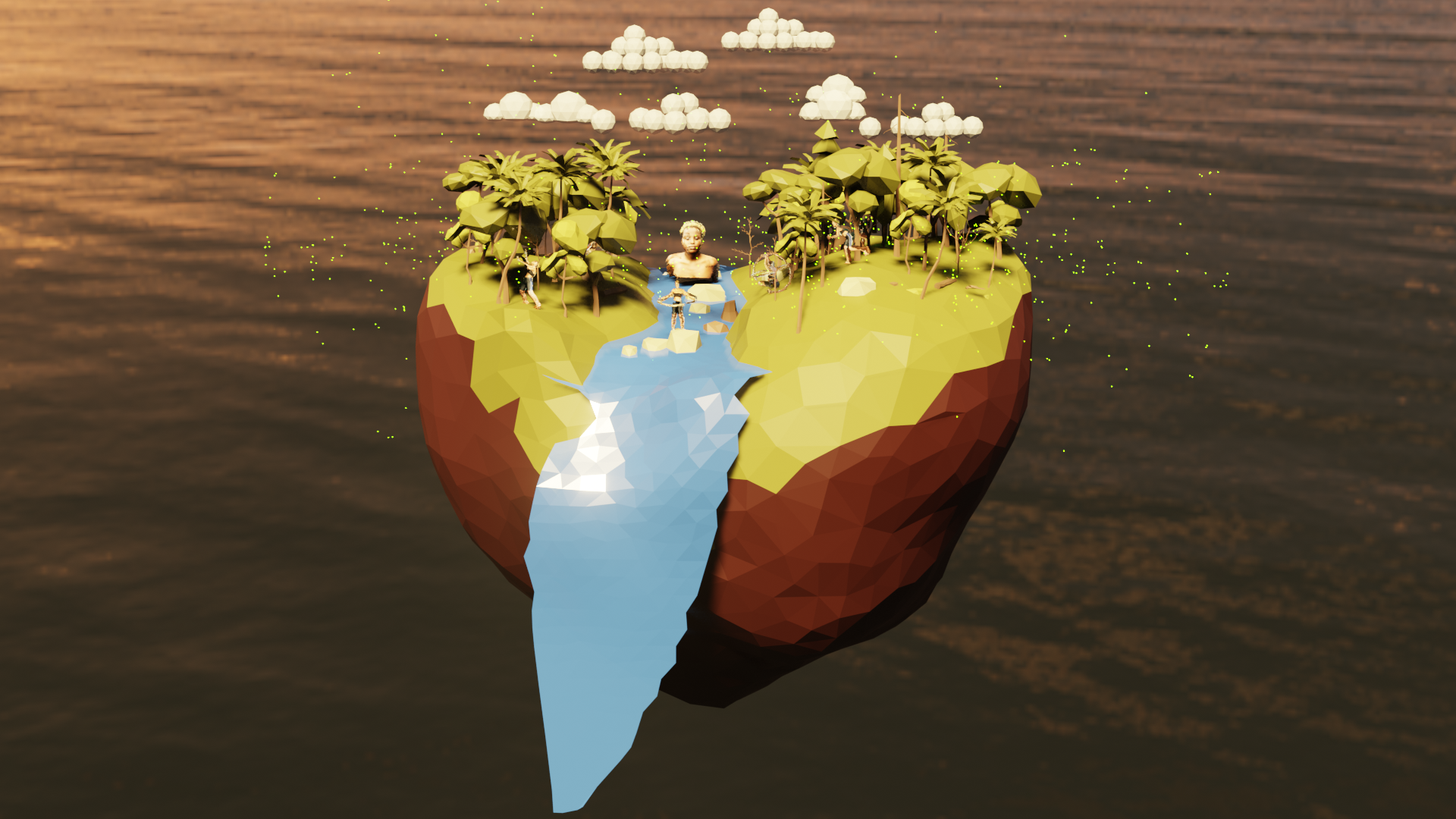
From what you just shared, it seems like you have quite an expansive conception of family. What else can you tell us about how you understand the notion of family?
I’m not attached to family in the traditional sense. I know I would sacrifice myself for many people but for me, family weaves in and out. There are best friends who have been the strongest relationships in my life and whom I don’t talk to anymore. This is not to say that they aren’t family anymore. I will always be there for them, and our relationship is something that I will always cherish, but they are no longer in my life. For me, family doesn’t mean an intense closeness; it doesn’t mean to have given birth to me or to be related by blood. I think an important aspect of family is how involved you are in a person’s life at any given moment.
Perhaps because I don’t deem family more important than other aspects of life, I don’t see family as being that different from friends. I don’t think family has more ownership of my time than other people or other parts of my life. The idea that I have to constantly go back to my family is not that prominent for me even though I love my family. And now that I think about it, another defining aspect of family for me is people who choose to understand you. There are people who see you and will never accept you beyond a certain point, and there are others who put in the effort to understand you. For instance, my mother, who did not accept me 6 or 7 years ago, is now trying to understand what non-binary means. Sometimes, she sends me videos of white lesbians building tiny houses in the forest and she says “this reminded me of you” (laughs) and I think to myself: you know what, we are getting there (laughs). But this shows that we are at a point where she has fully accepted me now.
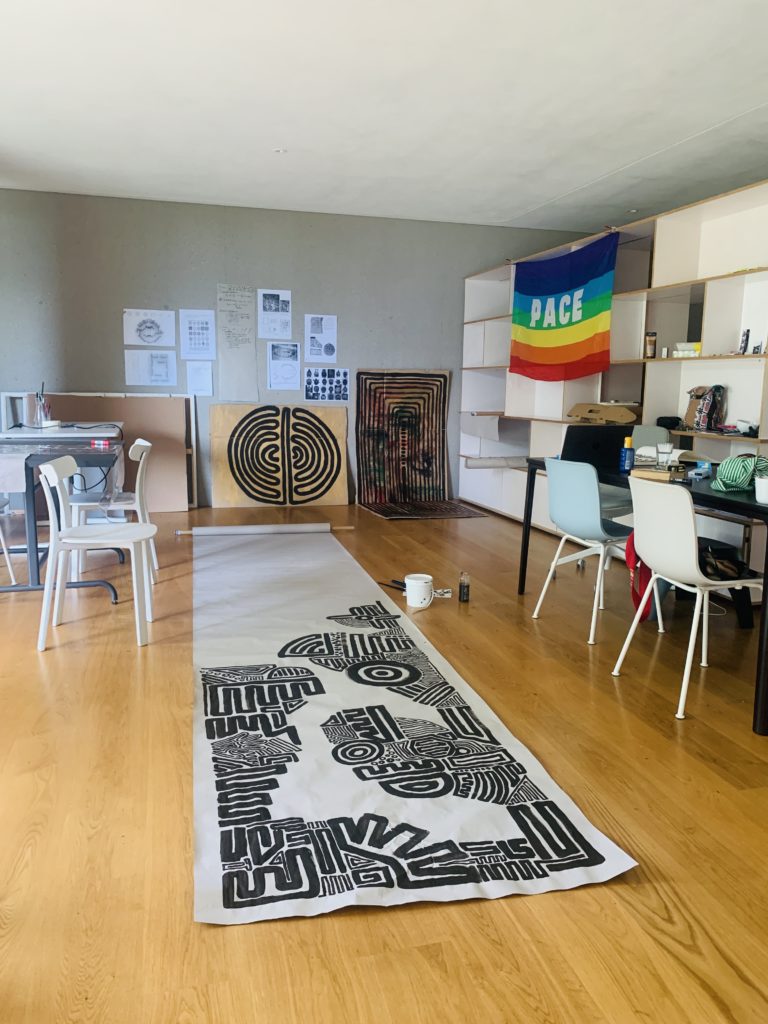
A little silly question to close this off: thinking about the various materials you use in your daily artistic practice, if you could pick just one object to represent “family” – in whatever sense you want to define it – what would it be and why ?
I have recently started using a paper which is a roll of about 80-meter recycled paper which allows me to tell a story as it continues and evolves. Sometimes, I’m tempted to cut out certain sections. I generally don’t like using sketchbooks because I like things to be perfect. But what using this paper has taught me is that it’s okay if your art changes from here to there. And metaphorically, it’s okay if loved ones come in and out of your life. It’s not necessary to hold onto a moment, because shit gets better, really. It always gets better, so just keep on going.
